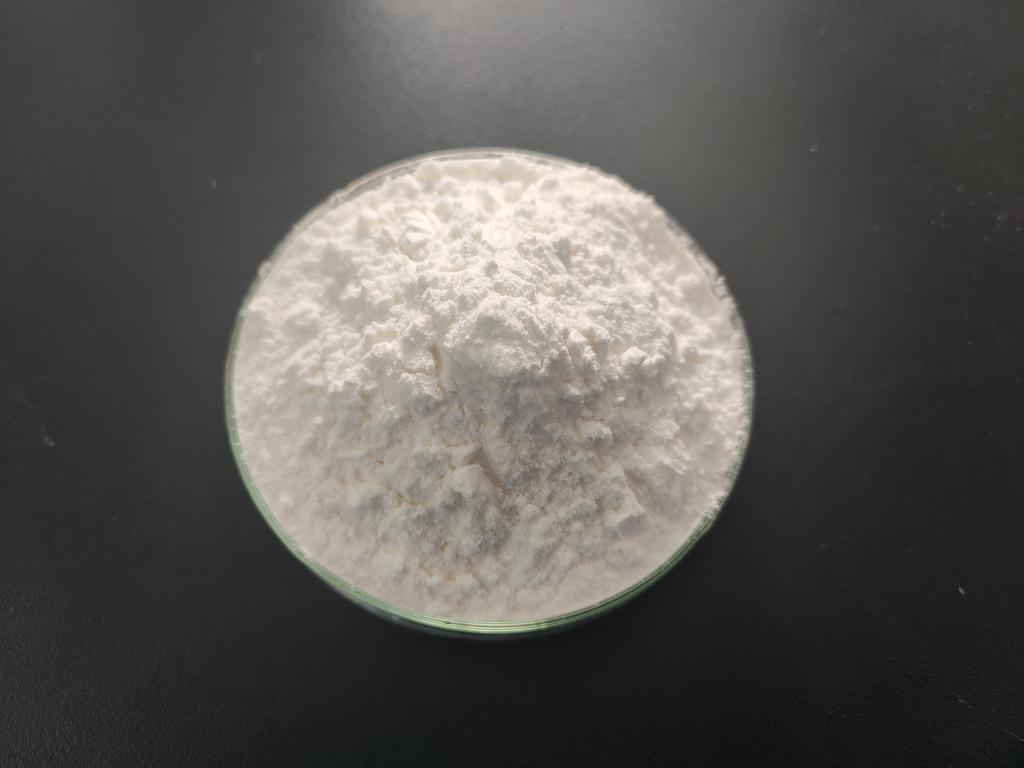Tel:+8618231198596

News
 CONTACT
CONTACT
 CONTACT
CONTACT
- Linkman:Linda Yao
- Tel: +8618231198596
- Email:linda.yao@dcpharma.cn
- Linkman:CHARLES.WANG
- Department:Overseas
- Tel: 0086 0311-85537378 0086 0311-85539701
News
Current Position:
Home >
News
>Research into ε-Polylysine hydrochloride continues to explore its benefits.
Research into ε-Polylysine hydrochloride continues to explore its benefits.
TIME:2024-03-27
Understanding ε-Polylysine Hydrochloride
ε-Polylysine hydrochloride is a cationic polymer composed of multiple lysine residues linked by peptide bonds. It is produced through fermentation by certain strains of bacteria, particularly Streptomyces albulus. One of its distinguishing features is its broad-spectrum antimicrobial activity, which extends to bacteria, fungi, and some viruses. ε-Polylysine's mechanism of action involves disrupting microbial cell membranes, leading to cell lysis and eventual death. This natural antimicrobial property, coupled with its biodegradability and low toxicity, makes ε-Polylysine hydrochloride an attractive alternative to traditional antimicrobial agents.
Current Applications of ε-Polylysine Hydrochloride
Food Preservation: One of the most established applications of ε-Polylysine hydrochloride is in food preservation. Its antimicrobial properties make it effective in inhibiting the growth of spoilage microorganisms and foodborne pathogens, thus extending the shelf life of perishable foods. ε-Polylysine can be incorporated into food packaging materials, applied as a surface treatment, or added directly to food products to enhance their safety and longevity.
Biomedical Engineering: In the biomedical field, ε-Polylysine hydrochloride shows promise for various applications, including drug delivery, tissue engineering, and wound healing. Its biocompatibility and antimicrobial activity make it suitable for developing drug delivery systems that target infectious diseases or inflammatory conditions. Additionally, ε-Polylysine can be used as a scaffold material in tissue engineering to promote cell adhesion, proliferation, and differentiation.
Agriculture: ε-Polylysine hydrochloride is also being explored for its potential applications in agriculture, particularly as a natural alternative to chemical pesticides. Its antimicrobial properties make it effective against plant pathogens and pests, offering a sustainable approach to crop protection. By incorporating ε-Polylysine into agricultural practices, farmers can reduce reliance on synthetic pesticides and minimize environmental impact.
Ongoing Research and Emerging Trends
Enhanced Formulations: Researchers are actively exploring novel formulations and delivery systems to enhance the efficacy and stability of ε-Polylysine hydrochloride. These efforts include encapsulation in nanoparticles, incorporation into hydrogels, and modification of surface properties to improve bioavailability and targeted delivery.
Combination Therapies: Combining ε-Polylysine hydrochloride with other antimicrobial agents or therapeutic modalities is a growing area of interest. Synergistic interactions between ε-Polylysine and antibiotics, antifungal drugs, or immune-modulating compounds could enhance treatment outcomes and reduce the risk of resistance development.
Biomedical Imaging: Recent studies have investigated the use of ε-Polylysine hydrochloride as a contrast agent for biomedical imaging modalities, such as magnetic resonance imaging (MRI) and fluorescence imaging. Functionalized ε-Polylysine nanoparticles have shown potential for targeted imaging of specific tissues or disease biomarkers.
Environmental Applications: ε-Polylysine hydrochloride's biodegradability and low toxicity make it suitable for environmental applications, such as wastewater treatment and soil remediation. Researchers are exploring its use as a biopolymer for removing pollutants, immobilizing contaminants, and enhancing microbial degradation processes.
Future Directions and Challenges
While the research into ε-Polylysine hydrochloride holds great promise, several challenges and considerations must be addressed:
Biocompatibility and Safety: Further studies are needed to evaluate the long-term biocompatibility and safety profile of ε-Polylysine hydrochloride in various applications, particularly in biomedical and environmental settings.
Scalability and Production: Scaling up production of ε-Polylysine hydrochloride to meet commercial demand remains a challenge. Optimization of fermentation processes, purification techniques, and downstream processing is necessary to achieve cost-effective production at industrial scales.
Regulatory Approval: The regulatory landscape for ε-Polylysine hydrochloride varies between countries and regions, requiring compliance with safety, efficacy, and quality standards for specific applications. Clear guidelines and standards are needed to facilitate market approval and commercialization.
Interdisciplinary Collaboration: Advancing the research and development of ε-Polylysine hydrochloride requires collaboration across disciplines, including chemistry, biology, materials science, and engineering. Interdisciplinary research teams can leverage diverse expertise to address complex challenges and drive innovation in ε-Polylysine-based technologies.
Conclusion
ε-Polylysine hydrochloride holds immense potential for a wide range of applications, from food preservation to biomedical engineering and beyond. As ongoing research continues to uncover new insights and opportunities, ε-Polylysine is poised to revolutionize various industries with its natural antimicrobial properties, biocompatibility, and versatility. By addressing key challenges and embracing interdisciplinary collaboration, we can harness the full potential of ε-Polylysine hydrochloride to create innovative solutions that benefit society, the environment, and human health. As we look to the future, ε-Polylysine promises to be a cornerstone of sustainable and transformative technologies that shape the world for generations to come.
- Tel:+8618231198596
- Whatsapp:18231198596
- Chat With Skype







